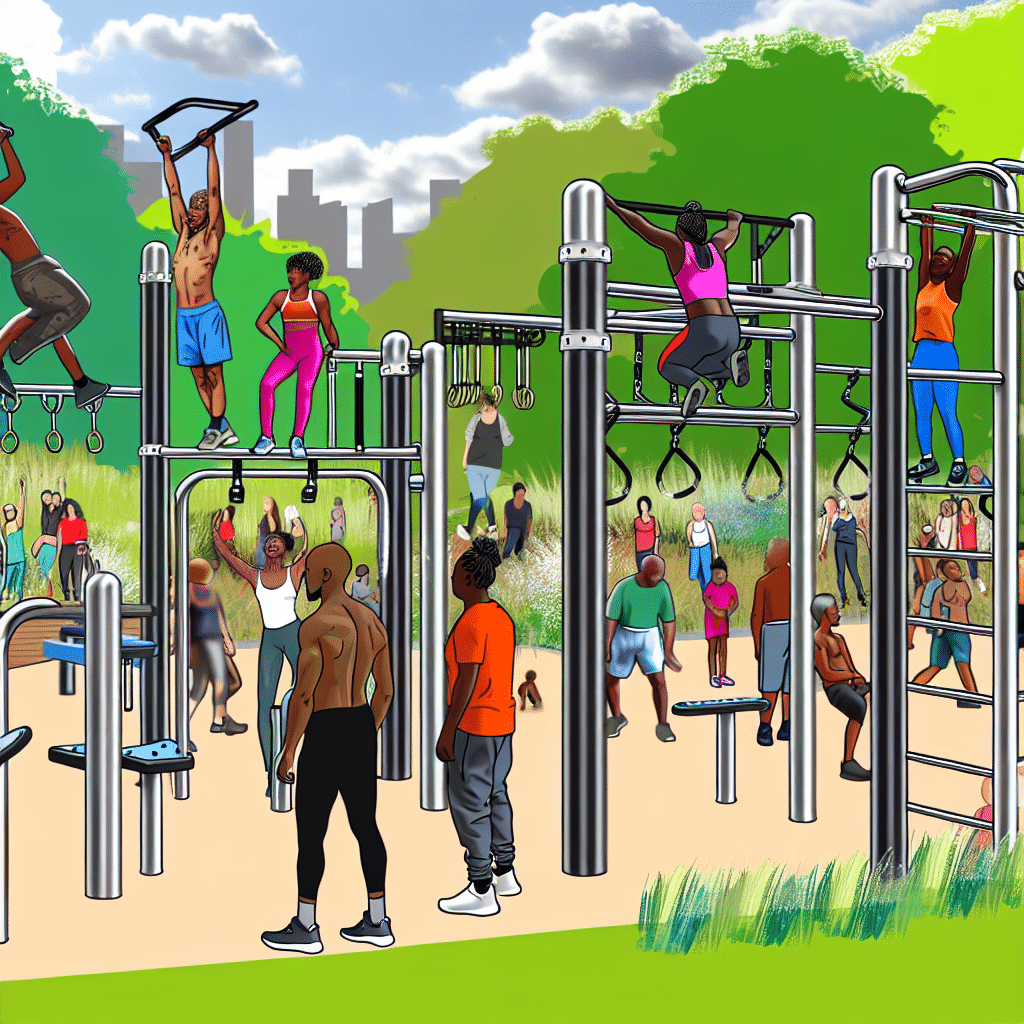Running is an excellent form of exercise boasting numerous health benefits, but it can also be a source of pain and injury if not done correctly. One of the most common issues runners face is outside knee pain. This discomfort, often a result of repetitive motion, can hinder performance and sideline even the most dedicated runners. Understanding the root causes, methods for prevention, and effective treatments is crucial for maintaining a healthy and enjoyable running routine.
What Causes Outside Knee Pain While Running?
1. Iliotibial Band Syndrome (ITBS)
One of the primary causes of outside knee pain in runners is Iliotibial Band Syndrome (ITBS). The iliotibial band is a thick band of tissue that runs along the outside of the thigh, from the hip to the knee. Overuse or improper training techniques can cause this band to become tight and irritated, leading to pain on the outside of the knee.
2. Patellofemoral Pain Syndrome (Runner’s Knee)
While patellofemoral pain syndrome typically causes pain around the kneecap, it can also manifest as discomfort on the outer side of the knee. This condition is often due to misalignment or overuse, which places excess pressure on the knee joint.
3. Poor Running Mechanics
Improper running form can place undue stress on the knees, leading to pain on the outer side. Common form issues include overpronation (inward rolling of the foot), overstriding (landing with the foot too far in front), and a lack of pelvic stability.
4. Inappropriate Footwear
Wearing the wrong type of running shoes can exacerbate or even cause outside knee pain. Shoes that don’t provide adequate support or are worn out can contribute to poor alignment and increased pressure on the knee.
How Can You Prevent Outside Knee Pain While Running?
Prevention is always better than cure, and there are several strategies runners can use to avoid outside knee pain.
1. Proper Warm-Up and Cool-Down
Before hitting the pavement, it’s essential to warm up properly. Dynamic stretches, such as leg swings and walking lunges, can prepare the muscles and joints for the demands of running. Similarly, a proper cool-down, including static stretches for the iliotibial band, hamstrings, and quadriceps, can help prevent stiffness and soreness.
2. Strength Training
Incorporating strength training into your routine can help build the muscles that support the knee, including the quadriceps, hamstrings, and glutes. Stronger muscles can alleviate the stress placed on the knee joints and improve overall running mechanics.
3. Gradual Progression
Avoiding sudden increases in mileage or intensity can help prevent overuse injuries like ITBS. Follow the 10% rule: increase your weekly mileage by no more than 10% to allow your body to adapt gradually.
4. Choose the Right Footwear
Selecting the appropriate running shoes is crucial. Get fitted at a specialty running store to find shoes that match your gait and provide the needed support. Replace your running shoes every 300-500 miles to ensure they maintain their supportive qualities.
Effective Treatments for Outside Knee Pain While Running
If you are already experiencing outside knee pain, there are several treatment options to consider.
1. Rest and Recovery
The most effective treatment for overuse injuries is often rest. Take a break from running to allow the inflamed tissues to heal. Cross-training activities such as swimming or cycling can help maintain fitness while giving your knees a break.
2. Physical Therapy
Working with a physical therapist can provide targeted exercises and techniques to address the specific cause of your knee pain. Therapists can also offer valuable insights into improving your running form to prevent future injuries.
3. Foam Rolling and Stretching
Regularly foam rolling the iliotibial band, quadriceps, and hamstrings can help alleviate tightness and improve flexibility. Incorporating daily stretches for these muscles can also reduce tension and prevent pain.
4. Anti-Inflammatory Measures
Applying ice to the affected area can help reduce inflammation and pain. Over-the-counter anti-inflammatory medications, such as ibuprofen, can also provide temporary relief.
5. Taping and Bracing
Using kinesiology tape or a knee brace can offer additional support and alleviate pain during activity. Consult with a healthcare professional to ensure proper application and usage.
When to Seek Medical Attention?
While many cases of outside knee pain can be managed with home treatments, it’s important to seek medical attention if:
– The pain is severe or persists despite rest and self-care.
– You experience swelling or noticeable instability in the knee joint.
– There is a sudden onset of pain or you cannot bear weight on the affected leg.
A healthcare professional can conduct a thorough examination, including imaging tests if necessary, to diagnose the underlying issue and recommend appropriate treatment.
Conclusion
Outside knee pain while running can be a frustrating and debilitating issue, but with the right knowledge and approach, it is possible to both prevent and manage this common problem. By understanding the causes, adopting preventive measures, and implementing effective treatments, runners can stay on the path to pain-free running. Always listen to your body and consult with healthcare professionals as needed to ensure a safe and enjoyable running experience.




